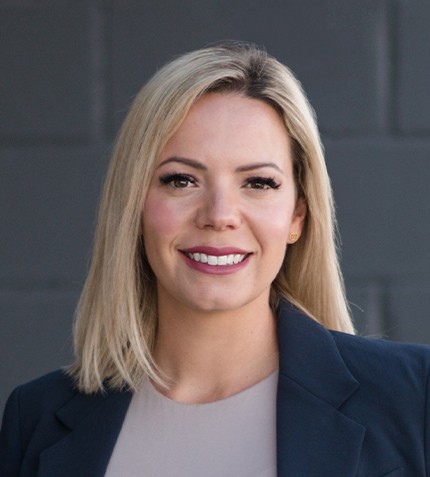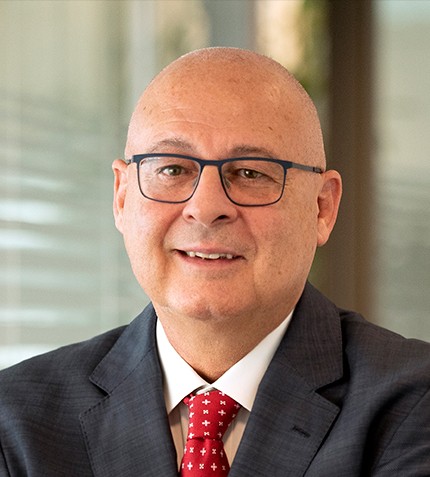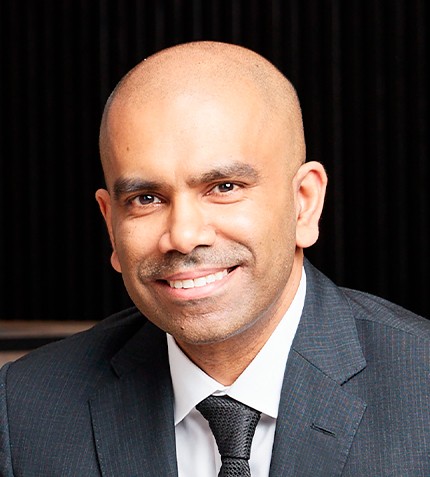
"Within the next two years, we will open a new production facility to produce Neo-Pentyl Glycol (NPG), which uses IBA as a raw material. With these investments, we anticipate the value of PT PON to increase tenfold."
Jaya Martapa
CEO, PT PETRO OXO NUSANTARA (PT PON)
PT PON is the only 2-EH producer in Indonesia. Could you introduce the company to your international audience?
PT Petro OXO Nusantara (PON) is the pioneer of 2-Ethyl Hexanol (2EH), Iso-Butanol (IBA), N-Butanol (NBA), and Liquid Carbon Dioxide (LCO2) industry in Indonesia and Southeast Asia. PON was established in 1998 and it’s plant site is located in the Gresik Industrial Area, East Java. Yearly, we produce 135,000 t/y of 2-EH, followed by 14,000 t/y IBA and 1,000 t/y NBA. We also make a side product, namely LCO2 (liquid carbon dioxide), by recycling the offset flue gas coming out of the reformer into a CO2 gas, which we then turn into both food-grade and non-food-grade LCO2, with the capacity 33,000 t/y. The state-owned oil and gas company Pertamina owns 68% shares, while the Ministry of Finance owns 32% shares through our holding company, PT Tuban Petrochemical Industries.
Could you elaborate on the value chain of producing and exporting 2-EH from Indonesia?
Our products use raw materials originating from Indonesia, which are propylene (C2H6) supplied by Pertamina's cracker as part of our contractual obligations; however, we also import propylene at more competitive prices, and natural gas (CH4), which we buy discounted from PGN, the state-owned natural gas company, which makes the CH4 raw material supply efficient.
PON’s logistic operational advantages have enabled us to maintain an extensive domestic and international marketing network. 80% of products are exported, while the remaining 20% are distributed domestically to reduce dependence on other chemical producers to import raw materials.
How is PT PON essential in Indonesia’s drive to reduce petrochemical imports?
Indonesia’s imports of crude oil and petrochemicals are huge, with many Chinese products flooding the market. Pertamina had a vision to combine the upstream with the downstream, by integrating with different players. This is what has brought Pertamina to become our largest shareholder, but also invest in TPPI, the main producer of aromatics, and in Polytama Propindo, the main producer of polypropylene (PP). PT PON and Polytama Propindo use PERTAMINA’s propylene to make 2-EH and PP, while TPPI supplies aromatics. The strategic vision behind these investments is to reduce the country’s petrochemical deficit and become more self-sufficient.
Can you tell us more about PT PON’s strategic investments to move downstream?
At the current rates, we risk being rendered uncompetitive in five or 10 years; for instance, we have been losing US$3 million/y on our IBA line since 2016. To become sustainable as a business, we must first source cheaper propylene for 2-EH, and then transform our portfolio so that 2-EH only represents 30-40% of our production, while the rest constitutes downstream chemicals. We have already made steps in this direction. Within the next two years, we will open a new production facility to produce Neo-Pentyl Glycol (NPG), which uses IBA as a raw material. The NPG project will cost US$50 million. Though 30% of this amount will be covered by equity, we have had challenges obtaining the remaining 70% (US$35 loan) from commercial banks. Our shareholders are adamant to transform the US$3 million net loss into a (projected) US$6 million profit/year with the NPG project. With these investments, we anticipate the value of PT PON to increase tenfold.
What other modernization work has been done at the plant?
Earlier this year, we changed all the heat exchangers that support the reformer for US$10 million CAPEX. We also made a US$1.5 million investment to produce nitrogen internally. Moreover, we invested about US$300,000 in a waste treatment facility which uses reverse osmosis to reduce freshwater consumption. A more significant development will kick-start in August this year to revamp the 2-EH plant. The US$20 million revamping project will strengthen our position in the market.
How could Indonesia become more competitive as a petrochemical producer in Southeast Asia?
Both the government and private petrochemical companies in Indonesia must move fast – they must decide quickly what products we can bring to the table. TPPI has been in the aromatics business since 1997, but five years ago, it shifted its full capacity to gasoline production to fulfill government requirements of reducing gasoline imports. Political involvement slows down the state-owned petrochemical sector; also, regulations can derail private petrochemical players. Pertamina, Chandra Asri, Lotte, and Polytama, must work together and share the market rather than compete against each other. The petrochemical market in Indonesia can be segmented into a low-value, medium, and premium market that each player occupies depending on its capabilities.










